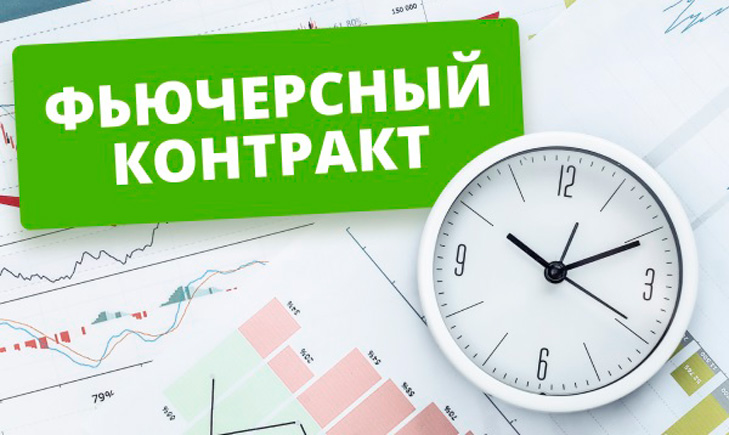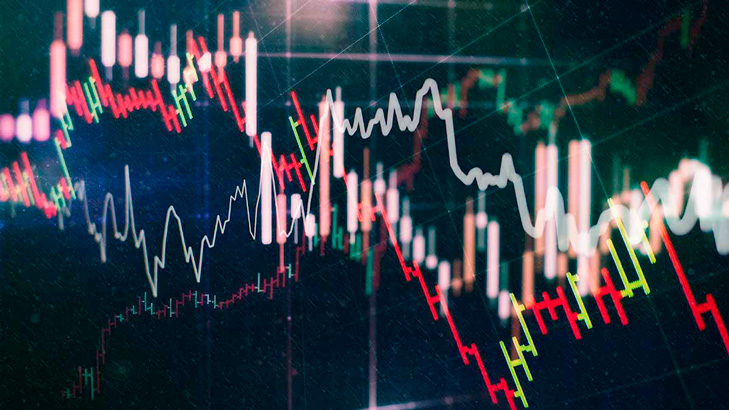How long should you hold a stock trade and what influences this?
According to the regulations of most brokerage companies, the duration of an open transaction can currently range from a couple of minutes to infinity.

But the task of any trader is not to set a record for the duration of a transaction, but to obtain the maximum possible profit.
Therefore, many beginners have a completely reasonable question: how long should they hold transactions when trading on Forex or other markets?
After all, it can be very disappointing when you close a losing position, which in just a couple of minutes could turn into a profitable one.
The question is quite difficult and the answer depends on such factors - the size of the deposit, trading asset, market situation.
Deposit size – if the size of your deposit is less than $10,000, then you should not get involved in long-term trading. Your choice is intraday trading.

Imagine that you have a deposit of $1000, and you opened a trade to buy the EURUSD pair, which has risen in price by only 3% in a month. Even when using a leverage of 1:10, the amount of earnings received will not impress anyone. In addition, the amount of the swap commission accrued for transferring transactions will have to be subtracted from the profit.
It's a different matter if you use $1,000 to make frequent intraday trades with high leverage. With this strategy you can earn much more.
Trading asset – very often the trading asset itself imposes restrictions on the duration of an open position.

For example, for the same futures, your transaction will be forced to close as soon as the futures expiration . Therefore, when planning futures transactions, you should definitely take this point into account or use so-called glued futures .
The size of the fee for transferring positions to the next day also plays an important role; for some assets it can reach quite significant sizes, and the use of leverage only increases the size of the swap in relation to the trader’s deposit.
Market situation is the most important aspect when planning the duration of transactions.
Here the main role is played by technical analysis indicators such as support and resistance lines, price minimums and maximums.

That is, it is better to close purchase transactions at resistance lines and price highs, and to close sell transactions at support lines and price minimums.
Or, at least, take profits when approaching these points using trailing stops or moving stop loss to the break-even zone.
If we talk about unprofitable trades, then long positions should be closed when the price breaks through the support line, and short positions when the price breaks through the resistance lines.
At the same time, the size of the transaction should be planned taking into account these levels, so that later it does not turn out that by closing a long transaction when the support line is broken, you find a loss of 30% of the deposit.
Well, the most important point is that when planning a new transaction, decide on the size of the loss, upon reaching which this transaction will be closed.
As my personal experience shows, it is very rare for a losing trade to become profitable; more often than not, the loss reaches such a size that you still have to close the position. Therefore, it is best not to delay closing unprofitable trades. At the same time, a profitable one can be held for quite a long time, constantly fixing the profit received.
Theoretically, it is quite difficult to determine the optimal time to hold an exchange transaction; the most effective option for developing the right strategy would be to train on a demo account , taking into account the above parameters and the size of your deposit.
